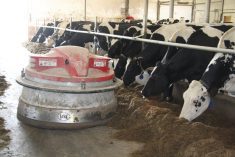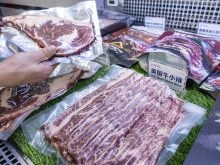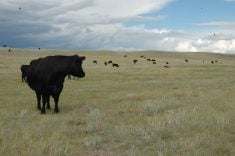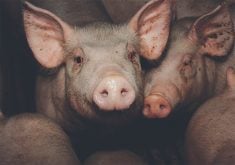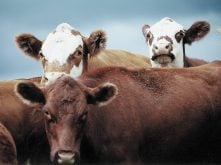RED DEER Ñ Gardeners could be buying a noxious weed when they select an easy to grow, hardy plant that promises prolific growth.
“That should be a red flag,” said Marian Jones of the newly formed Alberta Invasive Plants Council.
Many of the most serious invasive weeds like oxyeye daisy, purple loosestrife and medicinal herbs that take over wetlands and pastures in Canada have been sold through garden centres.
“If an invasive ornamental is for sale, ask the retailer why,” Jones said at the inaugural meeting of the council in Red Deer April 13.
Read Also
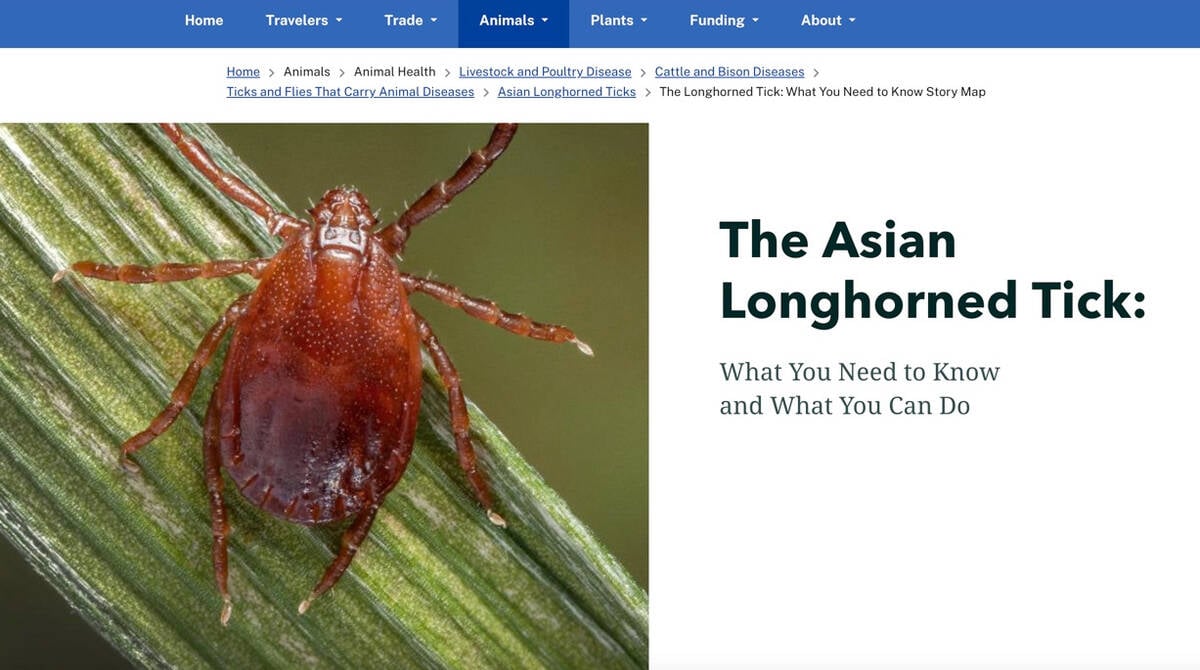
New World screwworm not seen as trade threat
Canadian cattle producers shouldn’t be worried about the New World screwworm, which has become a massive concern for ranchers in Mexico and is threatening the southern United States
“It becomes extremely difficult to convince some people that some of those pretty wild flowers are a problem.”
Jones said prevention is easier and cheaper when it comes to controlling invasive ornamental plants.
It is important to be able to identify the species in natural areas and garden centres.
Check the contents of wildflower seed mixes for invasive plants.
“If the container does not have a list, don’t buy it,” she said.
Beware of plant listings like spurge, bird snapdragon, chicory and butter and eggs.
Look under bird feeders regularly where seeds may have dropped and germinated.
To get rid of them from a garden, carefully pull up from the root or as far down the stem as possible. Place in a sealed plastic bag, being careful not to spread seeds. Weeds should be burned rather than composted or thrown in the garbage.
“If you see a patch, don’t move through it,” she said.
Remove seed and plant parts from clothing, pets and vehicles.
Many of these plants were transplanted as a result of the efforts of acclimatization societies starting in France in 1854. The goal was to bring in new species for agricultural and ornamental purposes, often at the expense of native species. Many plants were sent to the colonies because it was thought these areas were bereft of interesting species.
Only about 10 percent of ornamentals behave invasively. But once they are introduced, they naturalize and start to spread, choking out native species or clogging watercourses. Often, no one notices until they affect human activities.
The oxeye daisy came to New England from Europe in the 1850s. Plant breeder Luther Burbank in 1884 began a breeding program and used root division to propagate it, creating the Shasta daisy. It was not supposed to produce seed.
“Shastas have been found to revert to type, meaning they go back to producing seed and readily crossbreed with oxeye and the offspring now have an aggressive reproductive behaviour,” Jones said.
The oxeye daisy has become a troublesome plant along the banks of the Bow River in Alberta and has nearly taken over patches of land around Lake Minnewanka at Banff, B.C.
An ambitious project at Canmore encouraged gardeners to dig up their daisies and return them to local garden centres in exchange for new, non-invasive perennials.
Common toadflax is another troublesome plant in Western Canada. It came from the Mediterranean 100 years ago. It produces millions of seeds but primarily spreads through creeping root systems, making it difficult to control. It rebounded last year after two years of drought. It has snapdragon type yellow flowers and can harm livestock.
Common tansy was imported 400 years ago and used as an insect repellent and for embalming. It reproduces by seed and rhizomes. A similar plant with frilled leaves as opposed to flat leaves is available in garden centres.
Dame’s rocket came from Eurasia in the 1600s and is a member of the mustard family. It often ends up in wildflower mixes and can be confused with garden phlox.
Other invasive ornamentals include baby’s breath, Queen Anne’s lace and bachelor’s buttons, also known as cornflower.
Caraway began as an agricultural crop 25 years ago but was carried on vehicles into pipeline installations. It is extremely invasive and can replace grass in a couple years. Livestock won’t graze it until after a frost.
“Buy your caraway at the grocery store,” Jones said.




